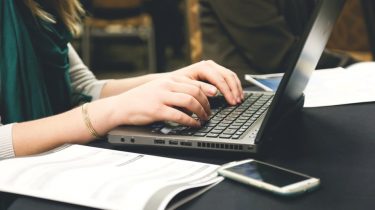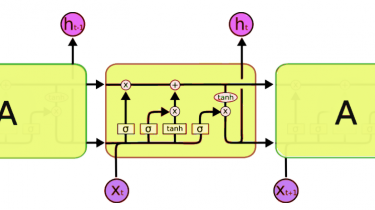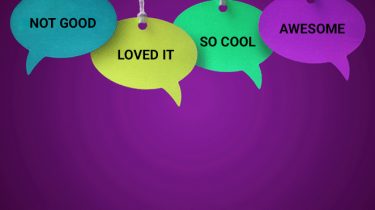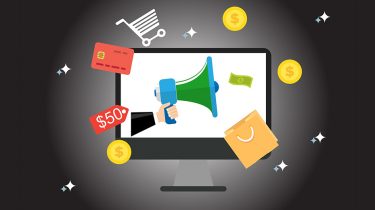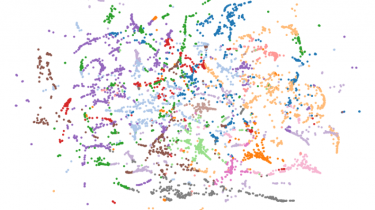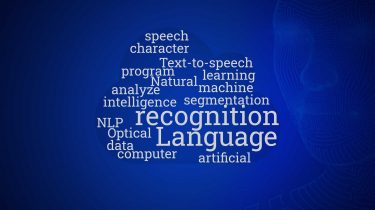How to Sort a Dictionary by Value in Python
Introduction A dictionary in Python is a collection of items that stores data as key-value pairs. In Python 3.7 and later versions, dictionaries are sorted by the order of item insertion. In earlier versions, they were unordered. Let’s have a look at how we can sort a dictionary on basis of the values they contain. Sort Dictionary Using a for Loop We can sort a dictionary with the help of a for loop. First, we use the sorted() function to […]
Read more

